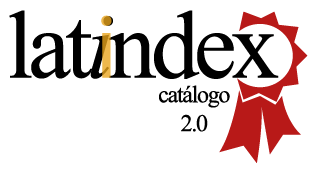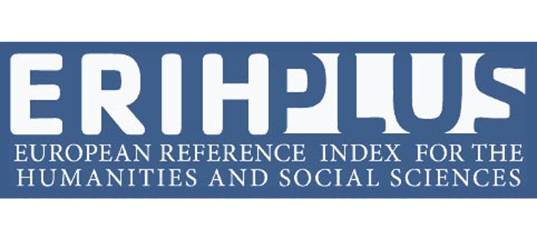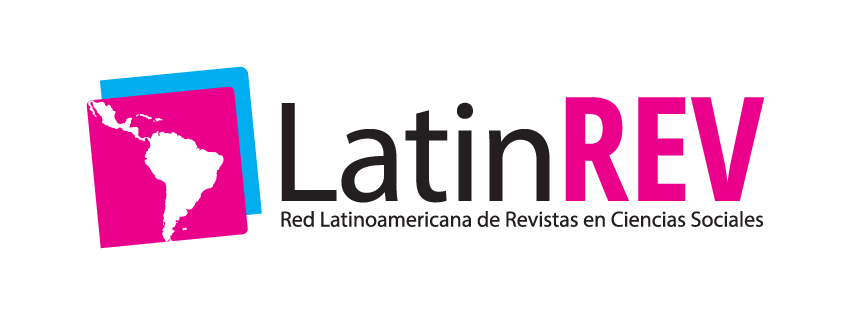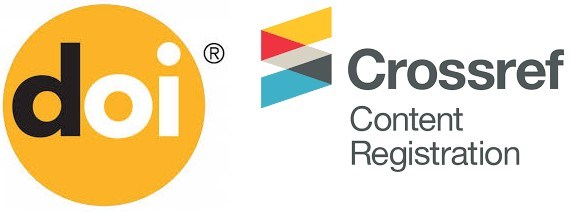Dance as a teaching strategy for strengthening intercultural skills in the classroom
DOI:
https://doi.org/10.46480/esj.6.1.182Keywords:
Interculturality, Culture, Dance, PedagogyAbstract
The purpose of this intervention work is to implement dance as a strategy for intercultural promotion in the students of the 3rd BGU of the Educational Unit Seis de Octubre de Ventanas, largely according to the existing intercultural problems in various parts of the world, considering the Ecuador a diverse country in culture. The identification of the various cultures in the classroom is carried out through a constructivist plan, in order to use the didactic method for the design of a proposal for an intercultural dance festival, capable of being evaluated and presented at the institution level. where students learn to identify and respect the existing diversity, customs and a harmonious coexistence within the classroom in addition to strengthening bonds of fellowship. Considering this research as a contribution to the improvement of quality and educational environment in the institution promoting social training in values.
Downloads
References
Alises Castillo, A. M. (2018). La danza como instrumento al servicio de la psicología positiva aplicada a la educación. Etic@net. Revista Científica Electrónica de Educación y Comunicación En La Sociedad Del Conocimiento, 18(2). https://doi.org/10.30827/eticanet.v18i2.11895
Bruner, J. (2011). Aprendizaje por descubrimiento. NYE U: Iberia.
Cohen, S. (1975). Dance As a Theatre Art, Source Readings in Dance History from 1581 to the Present. Dance Research Journal, 7(1), 28–28. https://doi.org/10.1017/S0149767700015928
Ecuador, P. del. (2018). Presidencia de la República del Ecuador. https://www.presidencia.gob.ec/ecuador-es-un-referente-en-inclusion-a-personas-con-capacidades-distintas/
García Sánchez, I., Pérez Ordás, R., & Calvo Lluch, Á. (2018). Iniciación a la danza como agente educativo de la expresión corporal en la educación física actual. Aspectos metodológicos (Initation to dance as an educational agent of body expression in the current physical education. Methodological aspects). Retos, 2041(20), 33–36. https://doi.org/10.47197/retos.v0i20.34621
León-Granizo, O., & León-Granizo, M. (2020). Desarrollo de un asistente virtual (chatbot) para mejorar el acceso a la información recurrente por los estudiantes de Instituciones de Educación Superior. Ecuadorian Science Journal, 4(2), 111–116.
Ortiz Granja, D. (2015). La educación intercultural: el desafío de la unidad en la diversidad. Sophía, 18, 91. https://doi.org/10.17163/soph.n18.2015.05
Peña de Hornos, V. J., & Vicente Nicolás, G. (2019). Danza en educación infantil: opinión de los docentes. Retos, 2041(36), 239–244. https://doi.org/10.47197/retos.v36i36.69716
Pereira Valarezo, J. (2016). La fiesta popular tradicional del Ecuador. FLACSO.
Roselló, L. A. (2021). La danza como medio potenciador de la psocomotricidad en estudiantes de Educación Infantil. Psm I, 10–19.
Salazar, M. de J. (2009). Multiculturalidad e interculturalidad en el ámbito educativo Experiencias de países latinoamericanos.
Downloads
Published
Issue
Section
License
Authors retain the copyright of their articles and are therefore free to share, copy, distribute, perform, and publicly communicate their work on their personal websites or in institutional repositories after its publication in this journal, provided that full bibliographic information is given to acknowledge its original publication.































